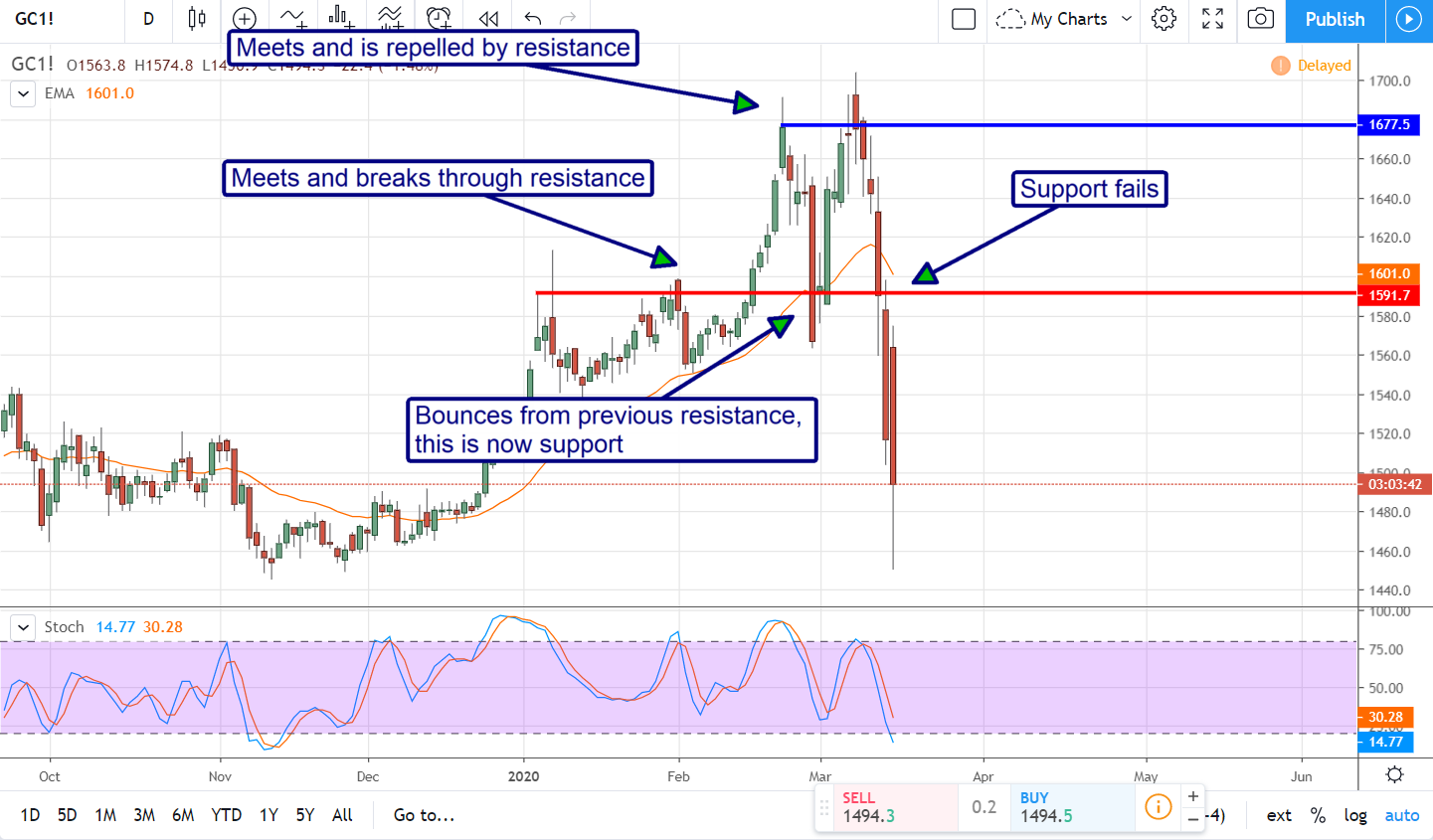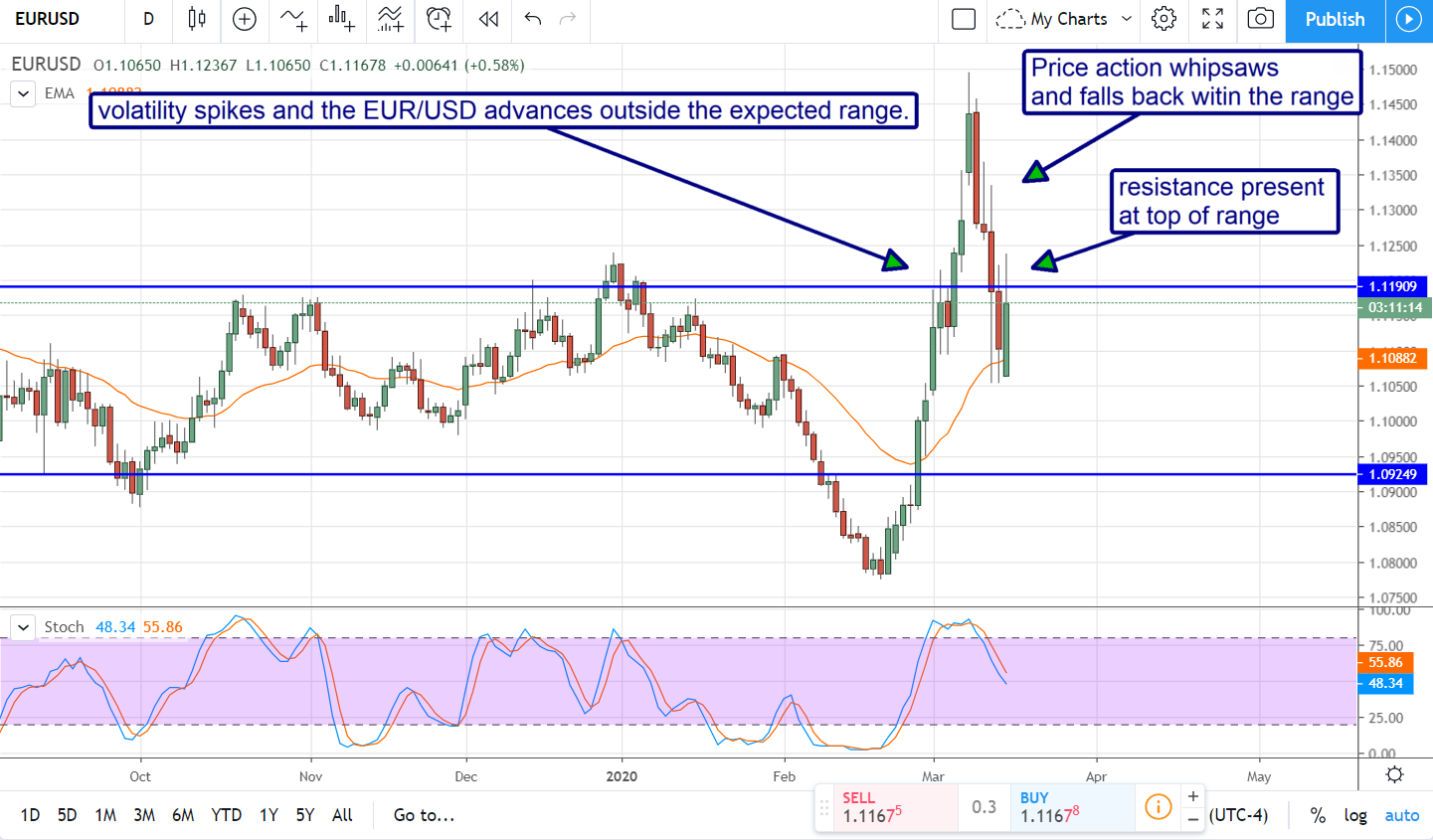Back To The Basics Of Support And Resistance
There Are Targets And Then There Are Signals
With volatility hitting new highs (I refer to the VIX) and markets around the globe swinging like saloon doors the environment for wind-fall quality profits is better than it’s been for a long-time. The problem with this environment, and it’s a problem we all face, is that volatility is a two-edged sword. The market may make a wild swing in the direction you want or it may not. The market could move in the wrong direction just as quickly and by a wide enough margin to wipe you out of the market.
This is why I touched base with the basics of money management last week. Money management is fundamental to your trading success because it helps you keep trading even when you are losing. Support and resistance are fundamental to your trading success because they provide targets for where high-quality signals will occur. Notice I said provide targets for signals and not signals. Price action may reach a support or resistance level and not give a signal or may give the opposite signal of what you were expecting. My advice, use support and resistance to find price levels where signals may form and then wait for the signal before acting.
So, to refresh, support and resistance are price levels that have been significant in the past. They are levels where prices formed a peak and retreated, or a bottom and advanced, or price levels that held a market in check before eventually breaking down. Whatever the case, these levels will have an impact on future price action because the market has memory. Previous buyers and sellers who bought and sold at that level may be showing a profit or a loss at level X, or they may wish to take profits or cut losses at level X, so when price action reaches that point it will trigger whatever pent up buy/sell demand is present. If that pent up demand is strong enough it can reverse prices, if not then a continuation pattern and break out may form.
What traders need to be wary of in today’s market is whipsaw. Whipsaws are when prices are moving so fast they are able to break a support or resistance level that would ordinarily have repelled them. In this case, what looks like a break out will turn out to be a reversal so be extra cautious. In the case of the EUR/USD, the rise of volatility sent the pair moving up within a range and right through resistance at the top of that range. The move didn’t last, volatility swings both ways, and now the pair is back within the range and moving sideways just like before.

